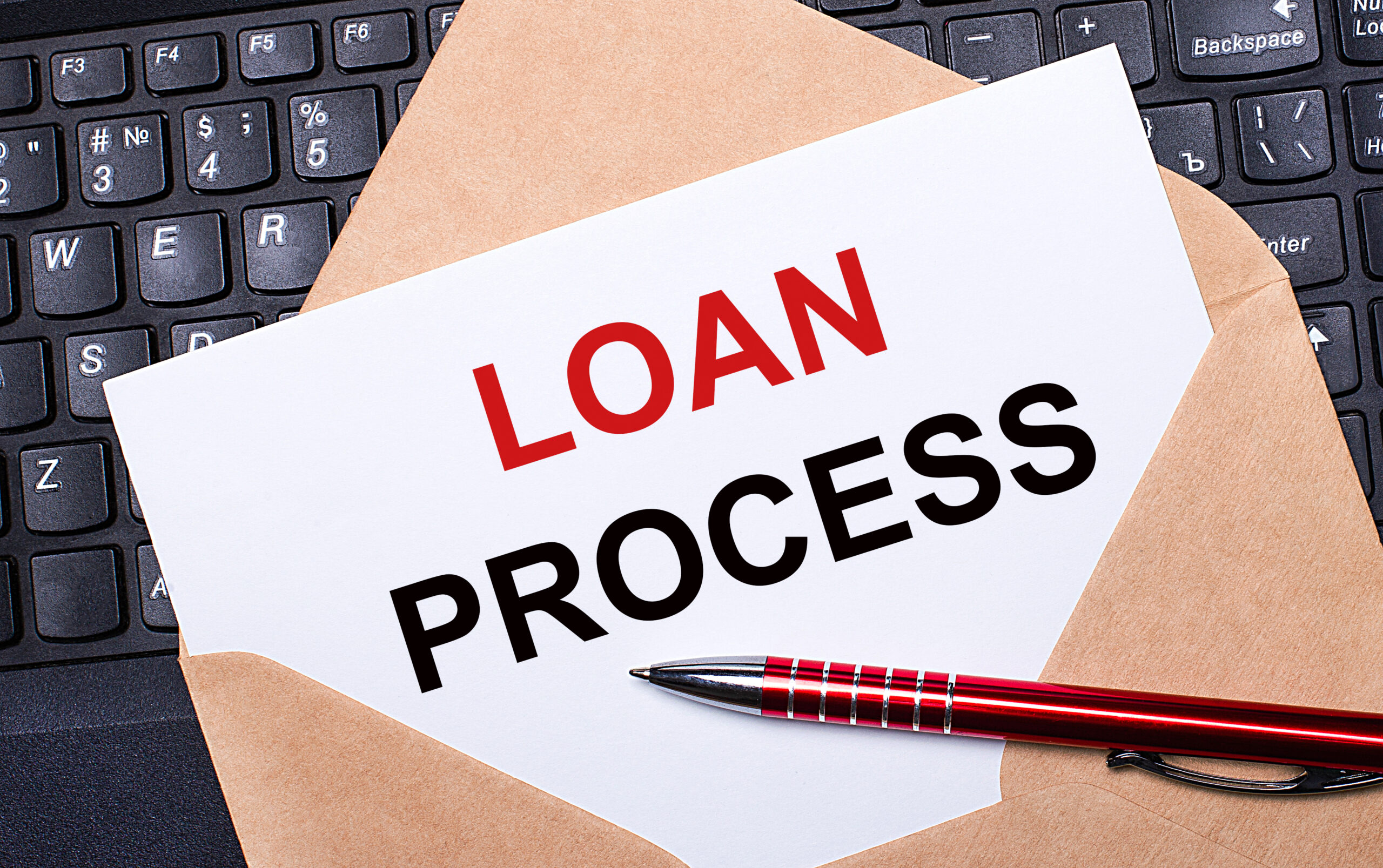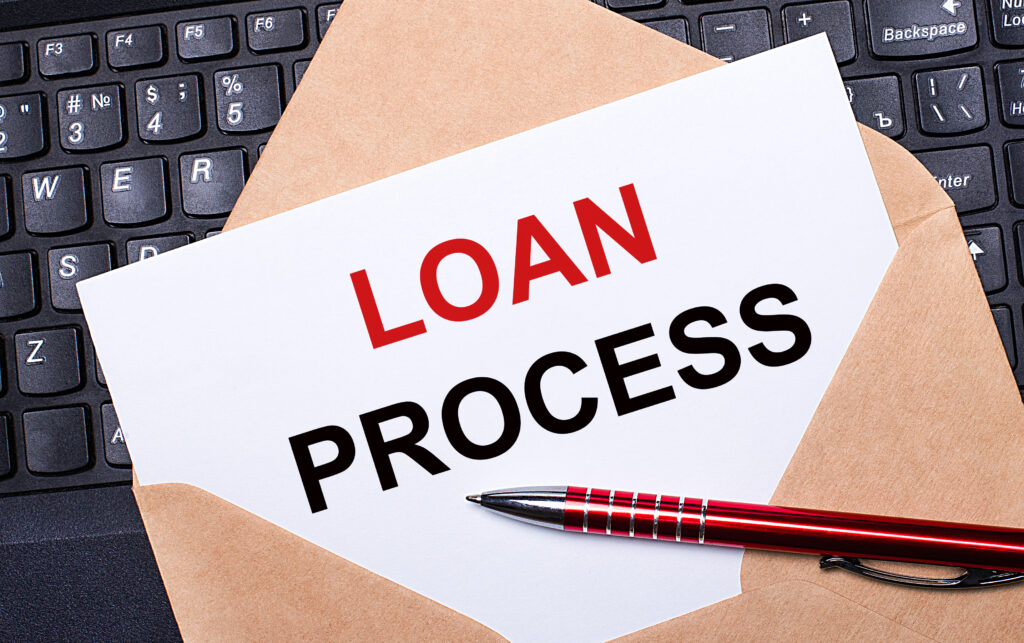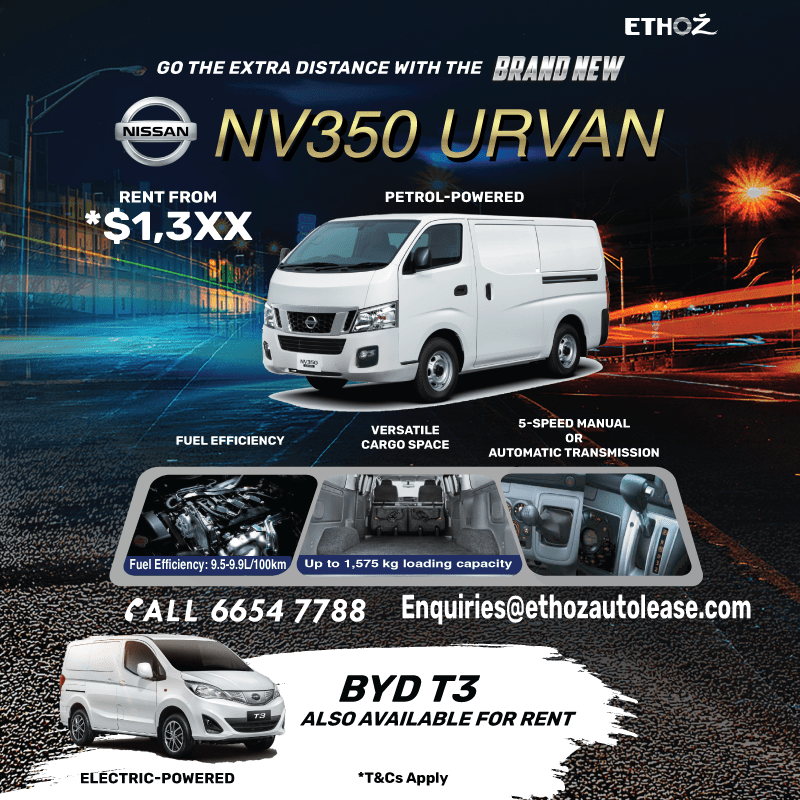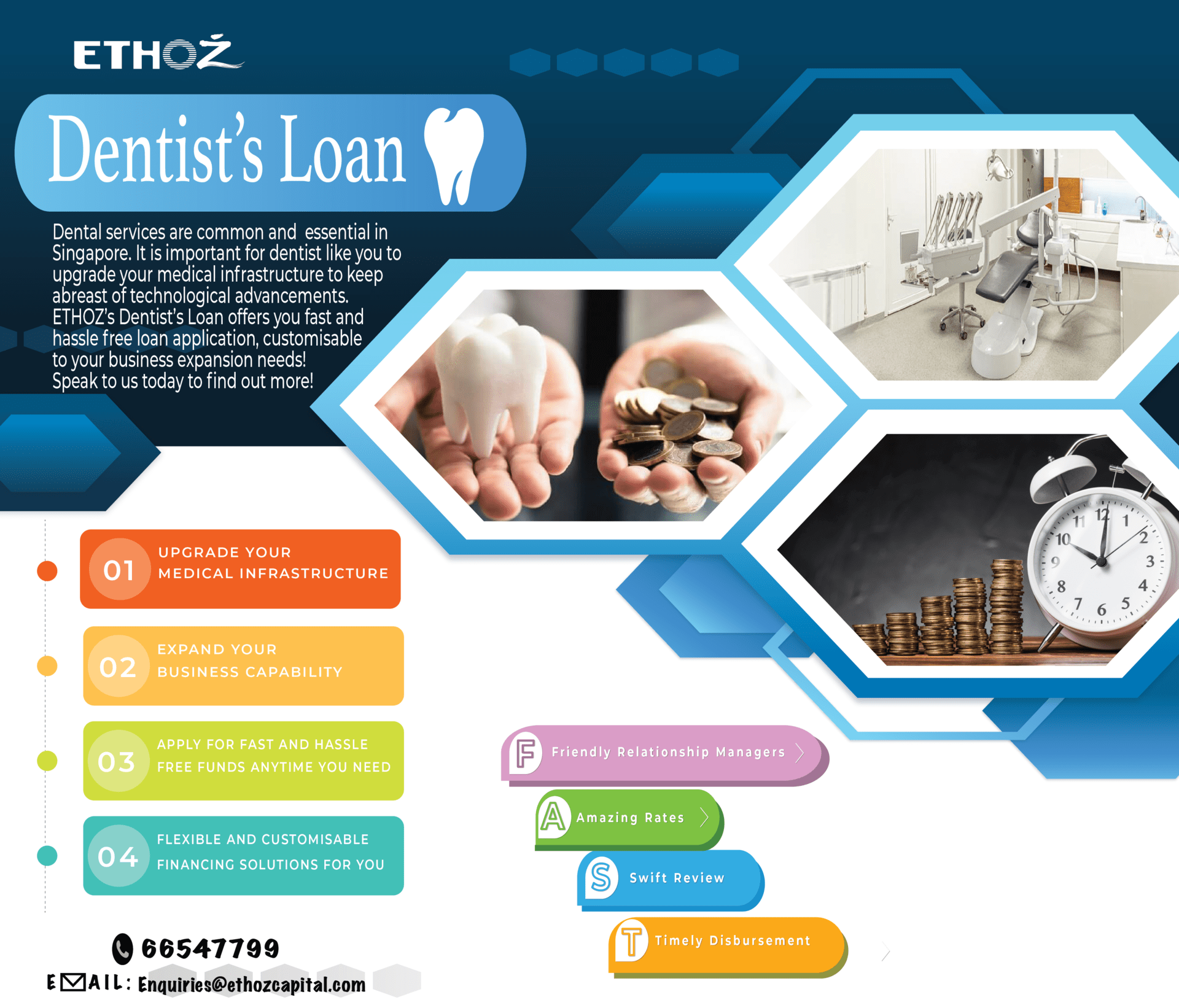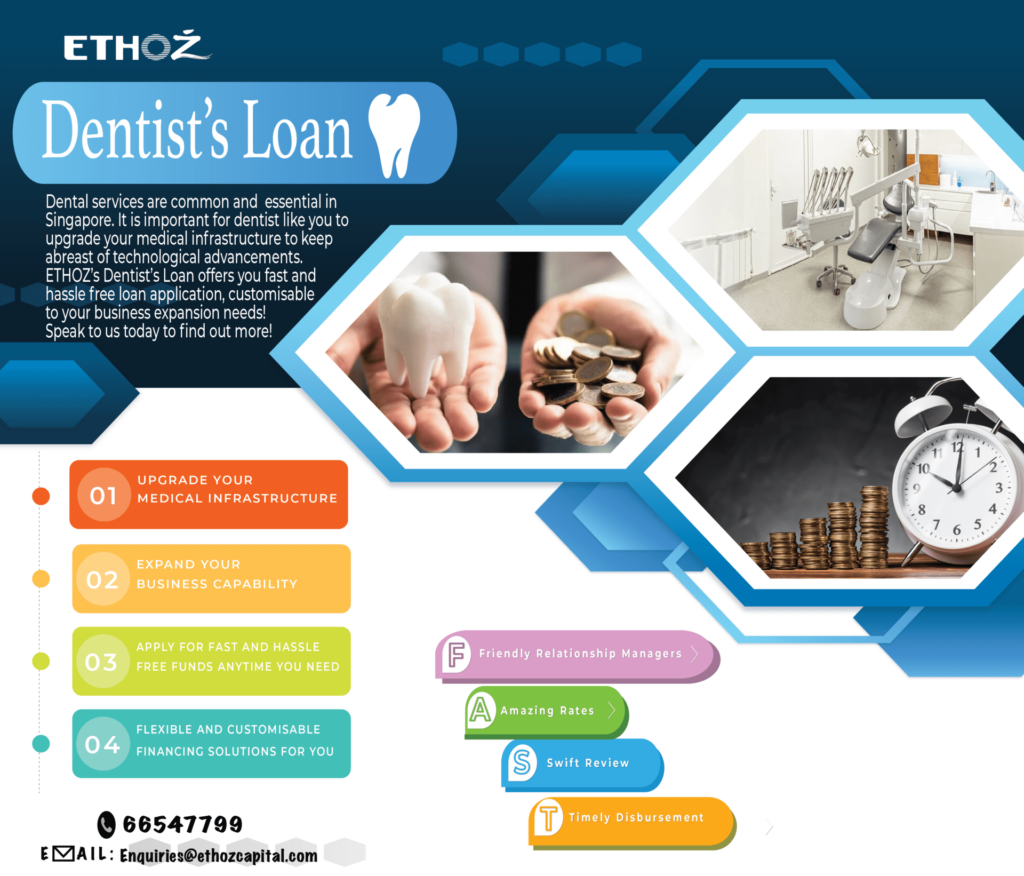
You might have noticed electric commercial vehicles making rapid inroads into the local automobile industry of late, with the charge being led by companies such as BYD, Citroen and DFSK1 (Dongfeng Sokon Automobile) amongst others. Models such as the T3, e-Dispatch van and EC35 have become popular with businesses and are an increasingly common sight on the roads. Even large companies like DHL2 have switched to an eco-friendly delivery fleet, replacing their ICE (Internal Combustion Engine) vans with electric ones.
The recent presence and prevalence of electric vehicles is neither an accident nor a modern phenomenon. Electric vehicles were already available at the dawn of the automobile age, with its invention going as far back as the 1830s3 and its commercial debut in the 1890s. These days, government incentives, lowered cost of ownership and heightened social consciousness are propelling this new phase of automobile electrification further and faster than ever before.
In Singapore, the long term goal4 is to achieve 100% of vehicles running on cleaner energy by 2040, and reduce peak emission levels by 80% within the next 10 years. The road map towards this objective has already begun with the installation of infrastructure such as charging stations across the island and a raft of financial inducements such as lower road tax and incentives like the EV Early Adoption Incentive (EEAI) and Vehicular Emissions Scheme (VES). There are also campaigns to educate the public on the benefits of Electric Vehicles (EVs) and the positive effects on the environment. Though the commercial sector has been slower in adoption, even here, the paradigm shift is underway.
For businesses, the impetus for change has always had a strong correlation with costs. The cost of petrol in Singapore has always been relatively high because of import costs as well as duties which range from 66 cents to 79 cents per litre for premium petrol (RON98 and up) and ‘regular’ petrol (RON 92 and 95) respectively5. Comparing the average cost of running an ICE and EV of a similar make, EVs can be up to 4 times cheaper to run6. According to studies by the LTA (Land Transport Authority), the average annual mileage of commercial vehicles is 40,000km.
Factoring in the current fuel rate of $2.71, and an average consumption of 1 litre for every 11.5km the annual running cost is $9,426.
40,000km / 11.5 (average L/km) x $2.71
Similarly for EVs, we consider that it can travel 6.4km per kWh, then multiply this with the current cost of $0.52 per kWh. The running cost is $3,250 annually.
40,000km / 6.4 (average kWh) x $0.52
This difference means that a savings of 65% in annual running costs is possible by replacing petrol or diesel vehicles with electric ones.
Another concern of most would-be EV owners is the availability of charging options, as well as the time needed to exchange EV batteries. Fleet managers would be worrying about whether time would be wasted searching for a suitable charging station or waiting many hours for an EV to be adequately charged. To businesses, any down time imposes an opportunity cost as these resources could have otherwise been productively deployed. In anticipation of future needs, a robust network of EV facilities and services is rapidly being set up. The current number of petrol stations stands at about 180 around the island. Planned EV charging points far outnumber this figure many times over. In HDB (Housing Development Board) estates, nearly 2,000 HDB car parks will each have a minimum of three charging points by 20259. By 2030, a total of 60,000 EV charging points are planned to be installed. A variety of different charging stations have also been installed.
Level 1 chargers
These charging points supply a 120 volt AC through a standard electrical outlet. A Level 1 EVSE (Electric Vehicle Supply Equipment) cable which uses a regular 3-pin household plug on one end for the outlet. Level 1 chargers supply between 1.4kW to 3kW and would take between 8 to 12 hours to fully charge vehicle batteries.
Level 2 chargers
Level 2 chargers supply 240 volts AC and are referred to as public charging. These require specialised equipment to set up at home. Most Level 2 chargers are found in residential areas, public parking lots, and places of work or commercial settings. A charging session generally requires 1 to 11 hours with a charging rate of 7kW to 22kW with a Type 2 connector.
Level 3 chargers
Getting a full battery from a level 3 charger is the fastest among the 3 options and can take as little as 20 minutes to 1 hour with a charging rate of 43kW to 100+kW. Level 3 chargers also require installation and offer charging through 480V AC or DC plugs. The downside is that not all EVs are equipped with the required connectors so not everyone can make use of these charging points.
Making the switch to EVs may be daunting for individuals but make perfect sense for companies with a vehicle fleet. Assuming a commercial EV has a range of 300km11 and a commercial vehicle averages a daily mileage of a distance somewhere between that of a regular driver and a Grab driver of between 200-300km12, the commercial EV only needs to recharge its batteries fully at the end of a work day. This is the perfect arrangement for vehicles that are mostly used during office hours and returned to the same location afterwards. They can then be charged up ready for use the next day.
Factoring TCO (Total Operating Costs) for EVs over ICE vehicles, makes another compelling argument. Over the 10-year period of acquiring and operating a vehicle, the TCO is lower for EVs12. How much depends on the usage whereby the cost savings become greater with higher utilisation.
Adopting EVs also has the ancillary benefit of future-proofing a company’s fleet before ICEs are inevitably made obsolete. The UNDP Global sustainability goals, to which Singapore is a party to, lists climate change and a governmental commitment to limit global warming to below 2 degrees celsius. Moving away from ICEs is listed as one of the steps to achieve this. For a company to pro-actively support these efforts, the options can range from positive brand perception to stronger brand loyalty or growing customer base.
However, this change does not come without disadvantages. Higher upfront costs to purchase a new EV is one such factor to consider. Maintenance costs, servicing or just general unfamiliarity also make it daunting to make the switch.
For those facing such reservations, a growing number of car leasing companies such as ETHOZ makes acquiring a commercial EV with confidence much easier. ETHOZ started offering EV for rent in 2021, right after Budget 2020 (on push to promote EV) was released. Renting or leasing an EV takes away the financial burden of having to fork out a large amount of cash in the beginning or taking a loan. Best of all, ETHOZ will take care of all EV-related operational and maintenance costs which are bundled as part of the monthly cost. Contact us to find out more of what we can provide you, customisation options are also available!
Reference:
3) https://www.energy.gov/timeline-history-electric-car
4) https://www.lta.gov.sg/content/ltagov/en/industry_innovations/technologies/electric_vehicles.html
5) https://www.motorist.sg/article/1394/why-is-petrol-so-expensive-in-singapore
6) https://www.lhnparking.com.sg/articles/2/IsCharginganElectricCarCheaperthanRefuelingPetrol
7) https://www.sgcarmart.com/news/events_features.php?AID=4307&GASRC=sgcm
11) https://sg.byd.com/wp-content/uploads/2021/04/STE-updated-T3-Brochure.pdf
12) https://www.motorist.sg/ask-motorists/109/how-much-mileage-is-considered-as-a-39-high-39-mileage
14) https://val-byd.com.sg/cost-of-owning-an-electric-vehicle-in-singapore/
17) https://higer.sg/news-list/Which-EV-Commercial-Van-in-Singapore-Is-Right-For-You.html




